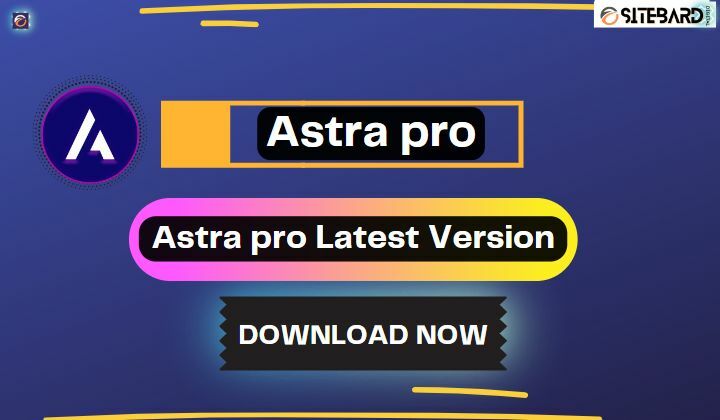In the realm of language learning apps, Duolingo has long been a popular choice for millions worldwide. However, as the landscape evolves and learner preferences diversify, a plethora of alternatives have emerged, offering unique features and approaches to language acquisition. In this comprehensive guide, we’ll explore the top 10 Duolingo alternatives for better learning in 2024, ensuring you have the tools to embark on a successful language learning journey.
Table of Contents
ToggleWhat is Duolingo App
Duolingo is a widely popular language learning app that offers interactive lessons in over 30 languages. Launched in 2011, Duolingo has revolutionized language learning by making it accessible, fun, and effective for millions of users worldwide. The app utilizes gamification techniques, such as points, rewards, and progress tracking, to engage learners and motivate consistent practice. With a focus on bite-sized lessons, Duolingo caters to learners of all levels, from beginners to advanced speakers, and covers various aspects of language learning, including vocabulary, grammar, reading, writing, and speaking. Whether you’re learning a new language for travel, work, education, or personal enrichment, Duolingo offers a convenient and engaging platform to achieve your language learning goals.

Introduction to Language Learning Apps
Language learning apps have revolutionized the way we acquire new languages, offering convenient access to lessons, practice exercises, and interactive activities. These apps leverage technology to provide personalized learning experiences tailored to individual needs and preferences. While Duolingo has been a frontrunner in the industry, exploring alternative options can provide fresh perspectives and enhance your language learning journey.
Top 10 Duolingo Alternatives in 2024
1. Rosetta Stone
Rosetta Stone is renowned for its immersive language learning approach, utilizing dynamic immersion to teach vocabulary, grammar, and pronunciation. With a focus on real-life scenarios and contextual learning, Rosetta Stone offers a comprehensive language learning experience suitable for beginners and advanced learners alike.
2. Babbel
Babbel distinguishes itself with its focus on practical language skills, offering interactive lessons designed by language experts. With Babbel, users can learn grammar, vocabulary, and conversation skills through engaging exercises and simulated dialogues. The app’s structured curriculum ensures systematic progression and tangible results.
3. Memrise
Memrise employs mnemonic techniques and spaced repetition to facilitate vocabulary acquisition and retention. Through interactive flashcards, games, and quizzes, Memrise helps users build a strong foundation in vocabulary and grammar while promoting long-term memory retention. The app’s adaptive learning algorithm adjusts content based on individual performance, ensuring optimal learning outcomes.
4. Pimsleur
Pimsleur is renowned for its audio-based language learning method, focusing on listening and speaking skills. Through immersive audio lessons, Pimsleur guides users through conversational scenarios and prompts verbal responses to reinforce language comprehension and pronunciation. The app’s structured approach and emphasis on oral communication make it an effective tool for developing conversational fluency.
5. FluentU
FluentU combines authentic video content with interactive subtitles and language learning exercises. By immersing users in real-world videos, FluentU facilitates language learning in context, enabling learners to absorb vocabulary, grammar, and cultural nuances naturally. The app’s multimedia approach caters to diverse learning styles and fosters an immersive language learning experience.
6. Busuu
Busuu offers a community-driven approach to language learning, allowing users to interact with native speakers and receive personalized feedback on their language skills. With structured lessons covering vocabulary, grammar, and conversation practice, Busuu facilitates comprehensive language learning in a supportive environment. The app’s social features promote collaboration and cultural exchange among learners worldwide.
7. Mango Languages
Mango Languages offers a diverse range of language courses, focusing on practical communication skills and cultural insights. With interactive lessons, voice recognition technology, and cultural notes, Mango Languages immerses users in authentic language learning experiences. The app’s adaptive learning platform tailors content to individual proficiency levels and learning goals.
8. Tandem
Tandem connects language learners with native speakers around the world for language exchange and conversation practice. Through text, voice, and video chat, Tandem facilitates real-time language learning and cultural exchange in a supportive community environment. The app’s language partners provide personalized feedback and guidance to enhance learners’ language skills.
9. Lingodeer
Lingodeer offers interactive lessons designed to teach grammar, vocabulary, and pronunciation in a structured manner. With gamified exercises and intuitive explanations, Lingodeer makes language learning engaging and accessible to learners of all levels. The app’s focus on Asian languages sets it apart, offering courses in Japanese, Korean, Chinese, and more.
10. HelloTalk
HelloTalk is a language exchange app that connects users with native speakers for language practice and cultural exchange. Through text, voice, and video chat, HelloTalk facilitates language learning in a natural and conversational setting. The app’s correction features and language partner matching algorithms promote effective communication and mutual learning.
How to Choose the Right Language Learning App
When choosing a language learning app, consider the following factors:
- Learning Objectives: Determine your language learning goals and preferred learning approach.
- Language Offerings: Ensure that the app offers courses in the language(s) you wish to learn.
- Features and Resources: Evaluate the app’s features, such as lessons, exercises, and multimedia content.
- User Experience: Consider the app’s user interface, accessibility, and ease of navigation.
- Cost and Subscription Options: Review the app’s pricing model and subscription plans to ensure affordability and value for money.
- Community and Support: Explore the app’s community features, such as forums, language partners, and customer support options.
By considering these factors, you can select the language learning app that best aligns with your needs and preferences.
FAQs About Language Learning Apps
Are language learning apps effective?
Yes, language learning apps can be highly effective when used consistently and in conjunction with other learning methods, such as immersion and practice with native speakers.
Can I learn multiple languages simultaneously using language learning apps?
While it’s possible to learn multiple languages simultaneously, it’s generally more effective to focus on one language at a time to ensure deeper understanding and retention.
Conclusion
In conclusion, the world of language learning apps offers a multitude of options beyond Duolingo, catering to diverse learning styles, preferences, and goals. Whether you prefer immersive immersion, structured lessons, or community-driven language exchange, there’s a language learning app suited to your needs. By exploring the top 10 Duolingo alternatives outlined in this guide and considering key factors in app selection, you can embark on a rewarding language learning journey and achieve proficiency in your target language(s) in 2024 and beyond.




![Top 9 AI Virtual Influencer Generator in 2024 [Free]](https://www.sitebard.com/wp-content/uploads/2024/03/AI-Virtual-Influencer-Generator.webp)
